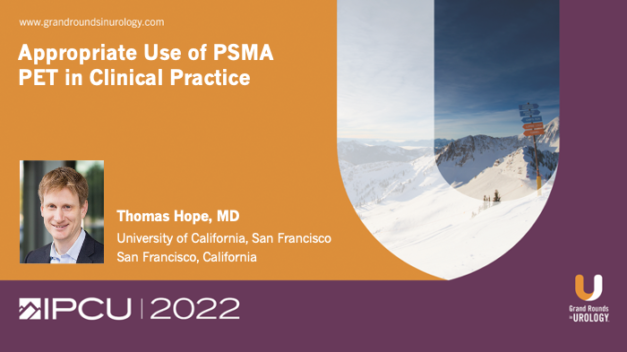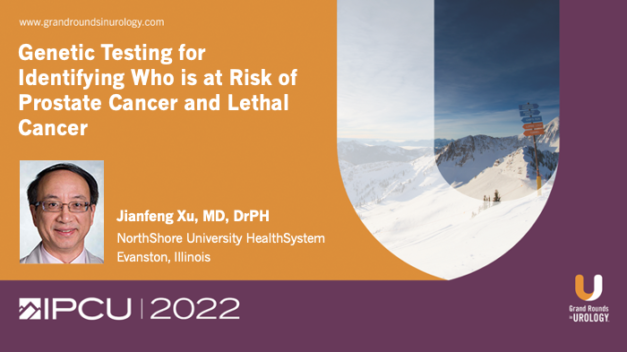Appropriate Use of PSMA PET in Clinical Practice
In this 10-minute video, Thomas Hope, MD, Assistant Professor in Abdominal Imaging and Nuclear Medicine in the Department of Radiology at the University of California, San Francisco, discusses the appropriate use criteria (AUC) of PSMA PET in clinical practice. He summarizes the guidelines for the appropriate use of PSMA PET and delves into the studies that inform them.
Read More












